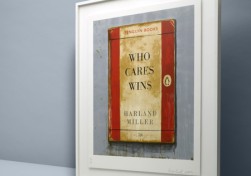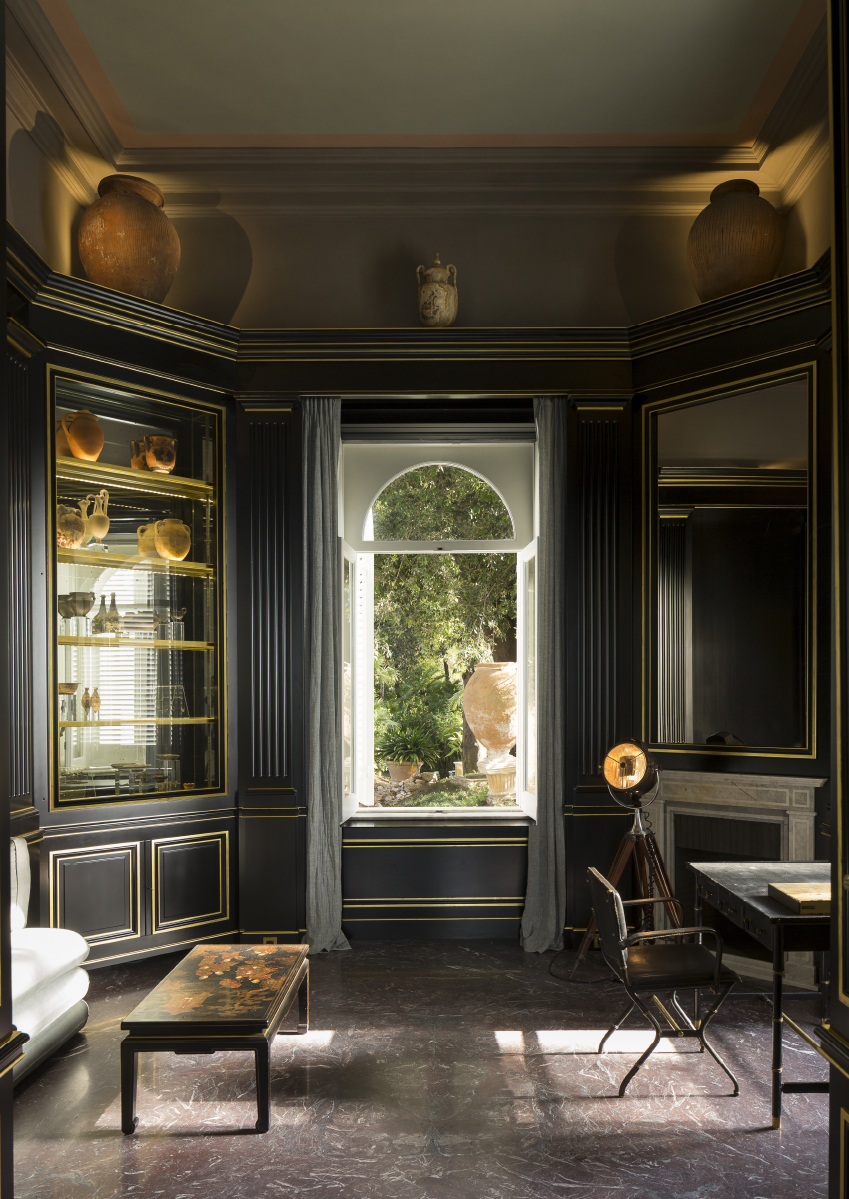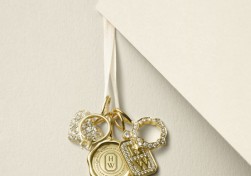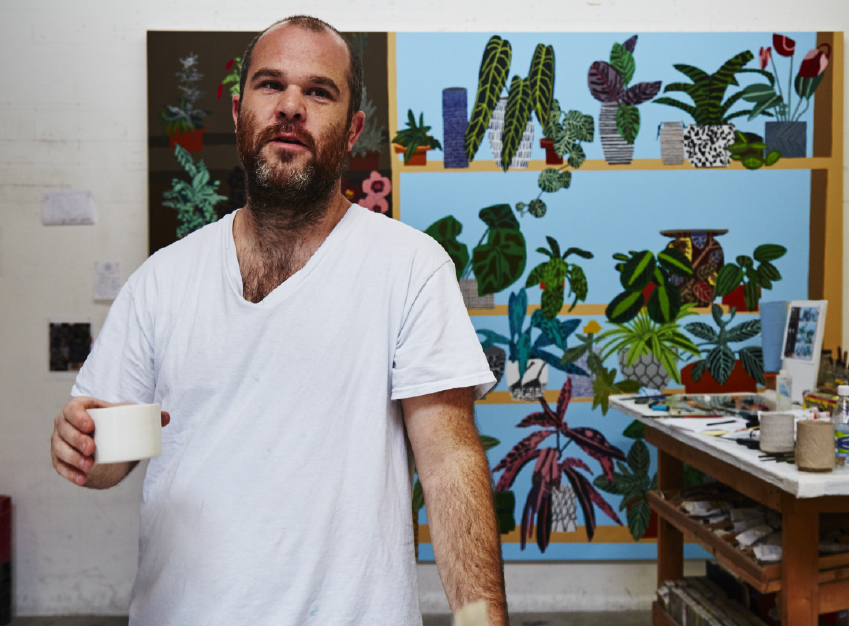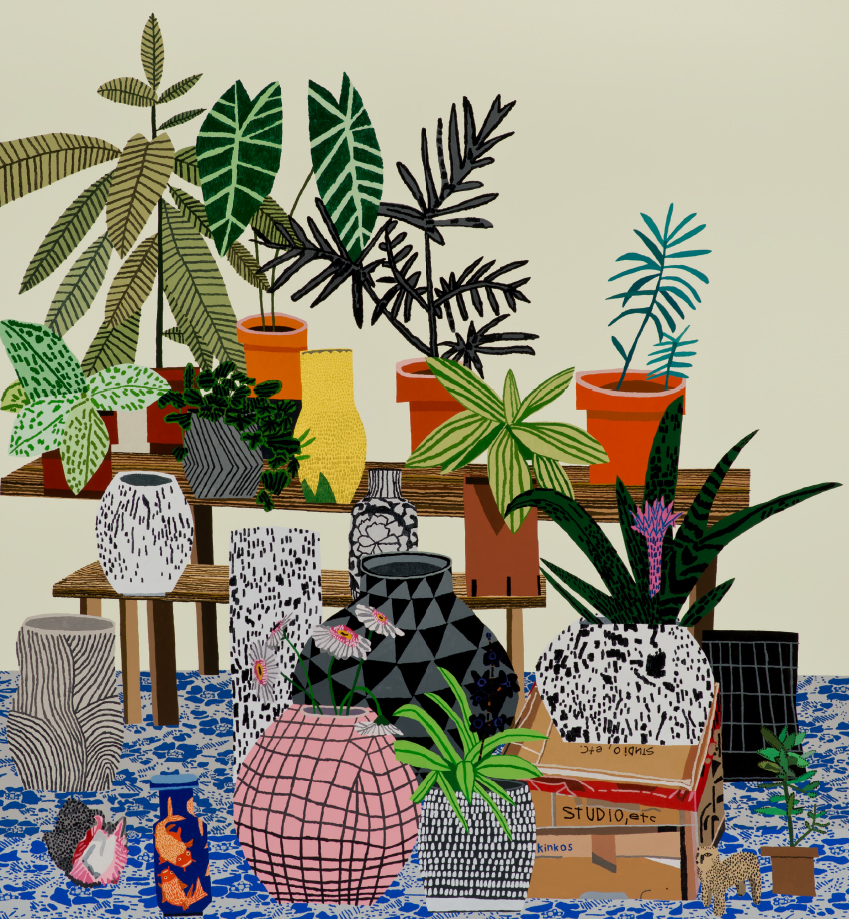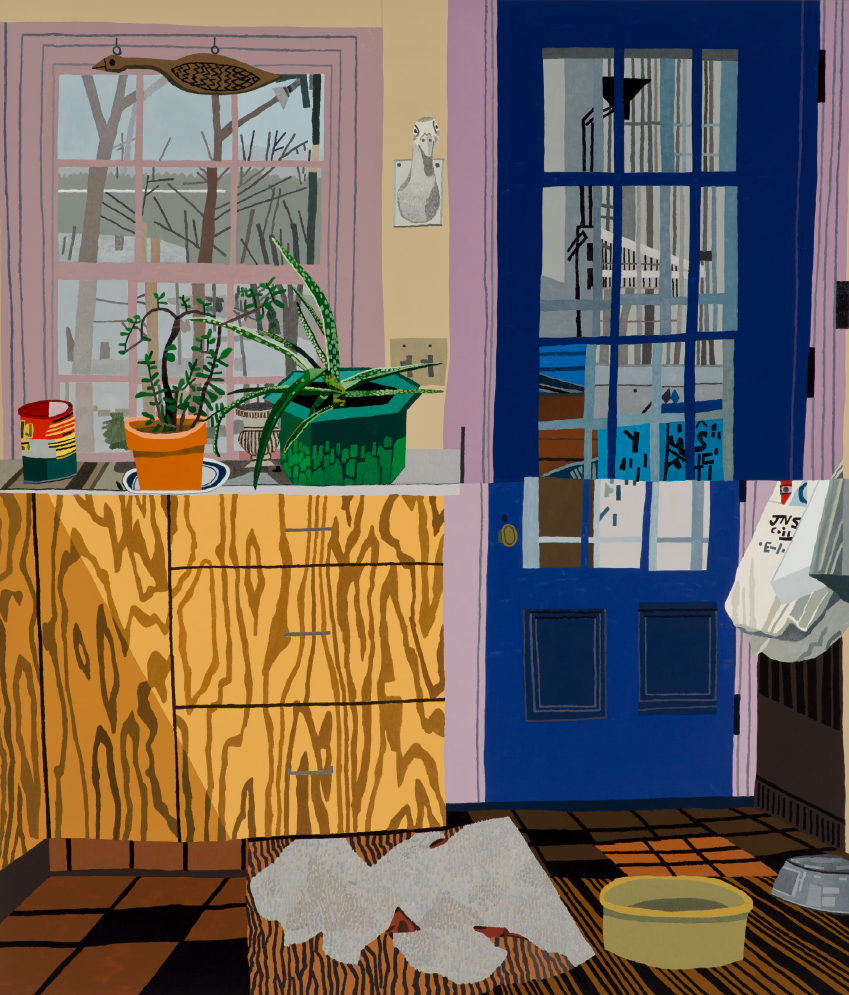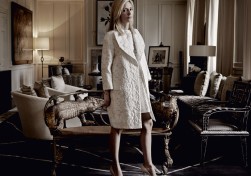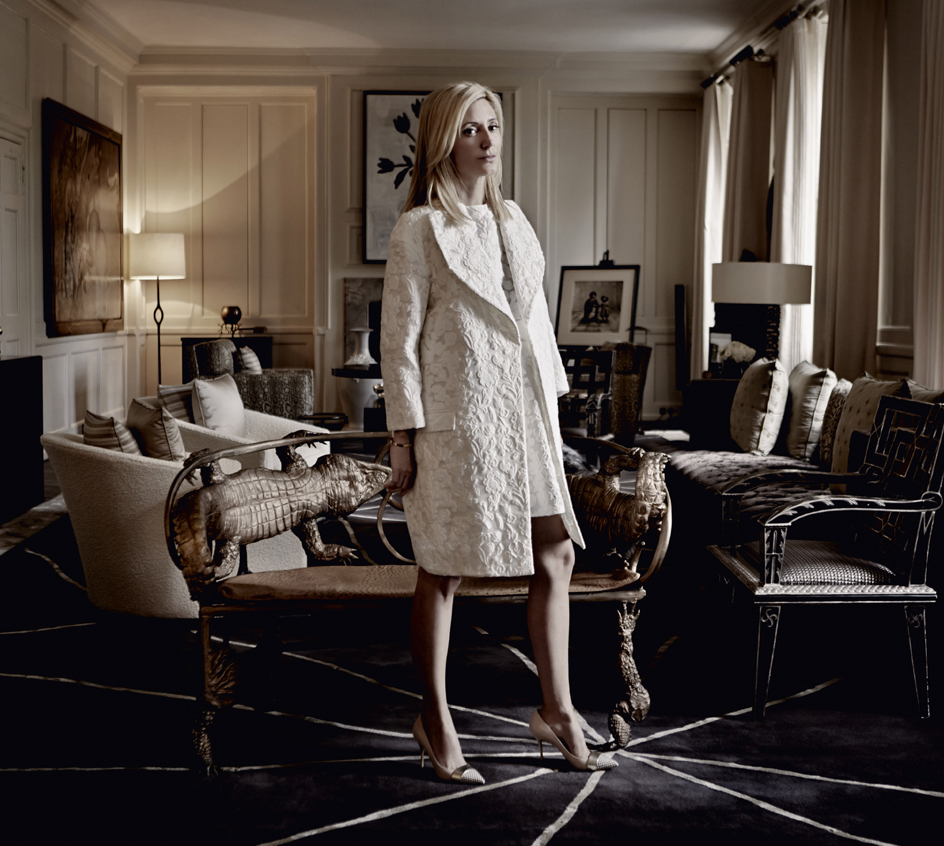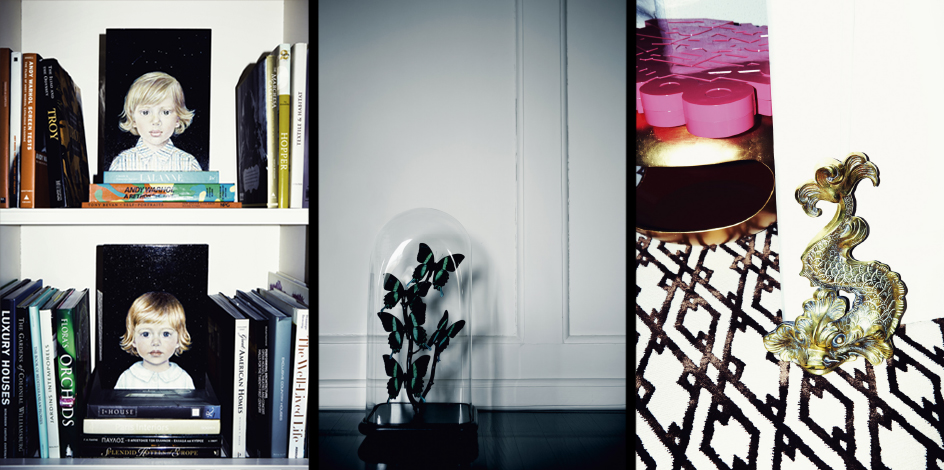You could probably buy a brand new car for the price of a replica classic these days. But that’s not the point. The beauty we have photographed here, from Bentleys London, is a model of a 1950s Ferrari F500 F2: a vehicle that took nine Grand Prix victories and became one of the best-loved cars of all time. The popularity of model cars at collectors’ emporiums and auction houses partially explains the growth in the market for motoring memorabilia in general, from model cars and helmets to driving gloves and watches. When Christie’s Geneva auctioned a collection of Rolex Daytona Cosmograph wristwatches, designed specifically for racing drivers, all 50 watches were sold for a combined total of more than $13 million. The star of the show – a unique model known as the Paul Newman, because the racing-fanatic actor always wore one – fetched over a million dollars, more than four times the expected price. According to Bonhams, the trend extends to old car-sale and promotional books from the Golden Age of motoring, which are achieving impressive prices. Even some rare Scalextric slot cars can reach well over $1,000 apiece. Why? It’s a great way for a car enthusiast to collect, without having to garage a big vehicle. Although, as motoring author Giles Chapman says, what real collectors want to amass is memorabilia from luxury marques such as Aston Martin, Rolls-Royce, Bugatti and Bentley. “It really has to be something connected with a good marque,” he says, explaining that a Spirit of Ecstasy from the hood of a Rolls-Royce will always find a buyer. “No one,” he adds, “is interested in a model Hyundai or Seat.” bentleyslondon.com
In the past, the art print was considered a lesser commodity to the original artwork, often secreted in a portfolio, or hung en masse on a passageway wall. But recently the print has returned to favor. Why? Not simply because prints are less expensive and more accessible than an original (who can find an original Matisse painting these days to buy, even if one had the tens of millions to acquire it?) Or because, with the rise of online galleries which have grown web-based art trade to around $2 billion a year, it’s now much simpler to find an original work of art and get it delivered to your home as quickly as your groceries. It’s also because prints, like this one from Hang-Up Gallery, have lost their lesser status. Indeed, since the contemporary art market began to soar in the 1980s, a slew of galleries have started up to offer prints from household-name artists at relatively low prices. “It’s a comfortable entry point for people who haven’t necessarily bought art before,” says James Booth-Clibborn, whose company, Manifold Editions, specializes in contemporary artists. He explains that prints are offered in limited edition, averaging fewer than 70, each signed and numbered by the artist. “Prints are an affordable way to collect works by leading contemporary artists. You won’t need a fortune to start your collection.” There may be another factor contributing to the upward trajectory of these once-derided artifacts. As contemporary art moves into the large-scale installation, video and floor-based sculpture, the small scale of the old medium brings art back to that most popular of all spaces: the domestic wall. manifoldeditions.com, hanguppictures.com
Until now, the scent of a violet has been thought of as, well, a little old-fashioned and prim. But, like many perfumes beloved by Victorian ladies, the fragrance of this most velvet of flowers is muscling its way back into fashion and scenting the smartest spaces once again. Violets are part of the scent of the St. Regis “Caroline’s Four Hundred Candle”, made by Carlos Huber of the perfumer Arquiste, in homage to the glory days of Caroline Astor, the matriarch of the original St. Regis hotel’s founding family, who hosted some of the most glorious parties New York has ever seen. “The violets in this scent formula would have been the same as the ones Mrs Astor would use as centerpieces in the St. Regis ballroom in the Gilded Age,” says Huber. Why is the flower such an olfactory hit? “The scent is intriguing,” says Huber. “It comes and goes. One minute you smell it, and the next it’s gone. This chemical characteristic makes them attractive and ever-new.” Oils extracted for perfume come from the Viola Odorata, also called the Sweet Violet, which grows in the Mediterranean region and Asia Minor and produces delicate purple, white or variegated flowers that appear in early spring. The scent itself comes from ionones in the plant, which create its trademark sweetness and powdery, woody-floral characteristics that have been popular for centuries. The French Emperor Napoleon was a lover of violets (they are thought to have therapeutic properties, and help to ward off colds, asthma, rheumatic pains and infections) as was his Empress, Josephine, who wore them on her wedding day. And it’s safe to say there was nothing prim about them.
No one can dislike a charm. Based on a simple talisman hung on a piece of string, it’s one of world’s oldest jewelry styles. While originally charms were carved out of a gem, rock, horn or wood, and worn to ward off evil spirits, in Victorian times, they became more decorative: fashioned from silver or gold and chosen to signify important things in the wearer’s life, from christenings to engagements. When Queen Victoria herself took to wearing clusters of them – some with lockets of hair, others with miniature portraits – the fashion world was quick to embrace them. Soon Chanel and Tiffany (with its iconic Tiffany heart) became renowned for stylish versions, followed subsequently by designers and brands around the globe, from Vivienne Westwood to Chloé, Alison Lou, Jennifer Meyer and Harry Winston (pictured). This time, though, as well as the traditional Cinderella coaches, dogs and ponies clinking on wrists, there are 21st-century motifs, from lightning bolts and skulls to smiling emojis and arrows, worn in clusters on necklaces by fashionable young women. Why the sudden resurgence in popularity? Not only because this boho prop has “passage of life”significance – equally appreciated by both a child and a fashionable woman for a special occasion – but because it’s versatile. Single charms can be worn with a pretty dress or you can bring out your inner Esmeralda with a clinking bunch of them. This season, a bit of wizardry has also been added to the mix: Harry Potter charms that bring not just literary characters to the frame, but a little bit of 21st-century magic too. harrywinston.com


